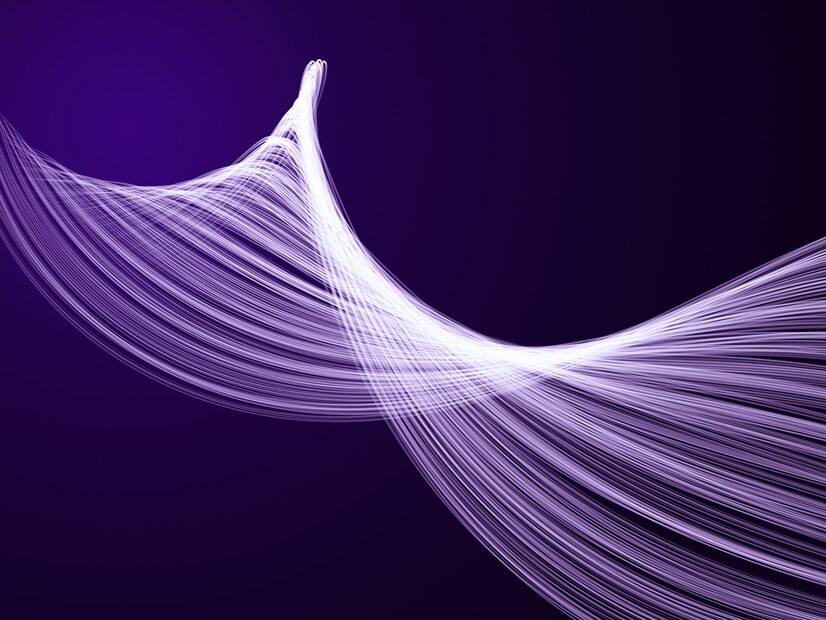“Strands” is a versatile term that finds relevance in multiple domains, from biology and technology to fashion and textiles. Understanding strands and their characteristics can deepen our appreciation for their diverse applications and functions. In this article, we’ll explore the meaning of strands, the different types, and their unique roles across various industries, including hair care, DNA, textile manufacturing, and technology.
What Are Strands?
A strand is a long, thin structure made of fibers, filaments, or threads. Strand may occur naturally, as in hair or DNA, or be manufactured, such as in cables or textiles. They are essential building blocks in various fields and possess unique characteristics depending on their composition and use.
Key Characteristics of Strands
- Length and Thinness: Strand are generally long, thin, and flexible.
- Strength and Durability: Certain types, like DNA or cable strands, are designed for resilience.
- Functionality: Each type of strand serves a specific purpose, from storing genetic information to providing support in construction.
Types of Strands and Their Applications
Strands are ubiquitous and appear in everything from our bodies to everyday materials and advanced technologies. Below are some of the main types of strand and their applications.
1. Hair Strand
Hair strand, or individual pieces of hair, are composed primarily of a protein called keratin. Hair strand are biologically important, and their structure and health are essential for personal care and appearance.
- Structure: Hair strand have three layers – the cuticle (outer layer), cortex (middle layer), and medulla (inner layer).
- Functions:
- Protection: Provides insulation and protects the scalp.
- Expression: Hair style and health are significant for personal style and identity.
Common Issues with Hair Strands
- Breakage: Caused by over-styling, lack of moisture, or rough handling.
- Split Ends: When the end of a hair strand splits, affecting hair health and appearance.
- Dullness: Often results from product buildup or environmental damage.
Tips for Healthy Hair Strands
- Moisturize regularly to keep hair strand hydrated.
- Avoid Heat Styling or use protective sprays if using heat tools.
- Use Mild Shampoos that don’t strip natural oils.
2. DNA Strand
DNA strand are the carriers of genetic information in all living organisms. DNA consists of two complementary strand that form a double helix structure. DNA strand are fundamental to understanding genetics, biology, and medical research.
- Structure: DNA strand are made of nucleotides, consisting of a sugar molecule, phosphate group, and a nitrogen base.
- Function: DNA strand encode genetic instructions that dictate traits, cell functions, and the development of living organisms.
Importance of DNA Strands in Science
- Genetic Research: DNA strand allow scientists to study genetics and heredity.
- Medical Advancements: Understanding DNA strand helps in developing gene therapy, personalized medicine, and disease prevention.
- Forensics: DNA strand are used in criminal investigations for identity matching.
3. Textile and Fiber Strands
In the textile industry, strand refer to fibers used to create fabrics, yarns, and threads. Fiber strand are woven or knit to produce clothing, upholstery, and other textile products.
- Types of Fiber Strands:
- Natural Fibers: Cotton, wool, silk, etc.
- Synthetic Fibers: Polyester, nylon, acrylic, etc.
- Application: Fiber strand are spun into yarn and woven into fabrics for fashion, home decor, and industrial use.
Benefits of Different Types of Fiber Strands
- Natural Fibers: Breathable, eco-friendly, and biodegradable.
- Synthetic Fibers: Durable, cost-effective, and versatile.
Care Tips for Textile Strands
- Wash Appropriately: Follow care instructions to prevent damage.
- Avoid Overstretching: Protects the integrity of the fibers.
- Store Properly: Keeps fabric strand from tangling or tearing.
4. Wire and Cable Strands
In technology and construction, wire and cable strand are essential for creating strong, durable cables. These strand consist of metals like copper, aluminum, or steel and are used in electrical wiring, telecommunications, and construction.
- Types of Wire Strands:
- Single-stranded: One solid metal wire.
- Multi-stranded: Multiple thin wires twisted together for flexibility.
- Applications:
- Electrical Wiring: Conducts electricity in homes and devices.
- Telecommunication: Transmits signals for phones and internet.
- Construction: Supports structural components in buildings and bridges.
Tips for Handling Cable Strands
- Inspect Regularly: Check for wear and tear, especially with electrical wires.
- Store Properly: Keep cables coiled neatly to prevent damage.
- Use Correctly: Avoid exceeding the cable’s weight or current capacity.
How Strands Play a Role in Daily Life
Strands are integral to various aspects of daily life, from the way we communicate and power our homes to the clothes we wear. Here’s a look at some everyday items that rely on strands:
- Hair Care Products: Shampoos, conditioners, and hair treatments focus on strengthening and protecting hair strands.
- Clothing and Fabric: Clothing fibers are woven or knit from strands, providing comfort and functionality.
- Home Wiring: Electrical strand in the wiring of homes enable lighting, heating, and device charging.
- Data Transmission: Internet and phone lines rely on fiber optic strand for fast and efficient data transmission.
Key Facts About Strands
Here are some interesting facts about the role of strand across different areas:
- Human Hair Growth: A hair strand grows about half an inch per month on average.
- DNA Length: If stretched out, a single human DNA strand would be about two meters long.
- Strongest Fiber: Spider silk, a natural strand, is five times stronger than steel on a weight basis.
- Fiber Optics: Fiber optic strand can carry data at the speed of light, enabling high-speed internet connections.
FAQs About Strands
What is a strand?
Generally, a strand is a thin, long structure, often composed of fibers, filaments, or threads, and commonly used in various fields such as biology, textiles, and technology.
What are the types of strands in biology?
In biology, strand primarily refer to DNA strands, which carry genetic information, and hair strands, which serve a protective role.
How do manufacturers make textile strands?
Initially, fibers spin into yarn, which is then woven or knit into fabrics.
What is the difference between single-stranded and multi-stranded cables?
Single-stranded cables consist of a single solid wire, while multi-stranded cables consist of multiple thin wires twisted together for greater flexibility.
How can I protect my hair strand from damage?
Use mild shampoos, avoid excessive heat styling, and moisturize regularly to keep hair strand healthy.
Why are fiber optic strands important?
Fiber optic strand are crucial for telecommunications, as they enable high-speed internet and data transmission.
Conclusion
From the cellular level of DNA to the fibers in our clothing, strand are essential components across many areas of life. They play a critical role in fields like health, technology, and everyday living, proving their versatility and value. Understanding strands’ varied applications—whether in hair care, genetics, or textile production—further deepens our appreciation for these intricate, often invisible structures that profoundly shape our world. To sum up, the next time you encounter strands—whether in your hairbrush or your phone line—you’ll not only recognize their presence, but furthermore, you’ll fully appreciate the importance of their function and impact in everyday life










